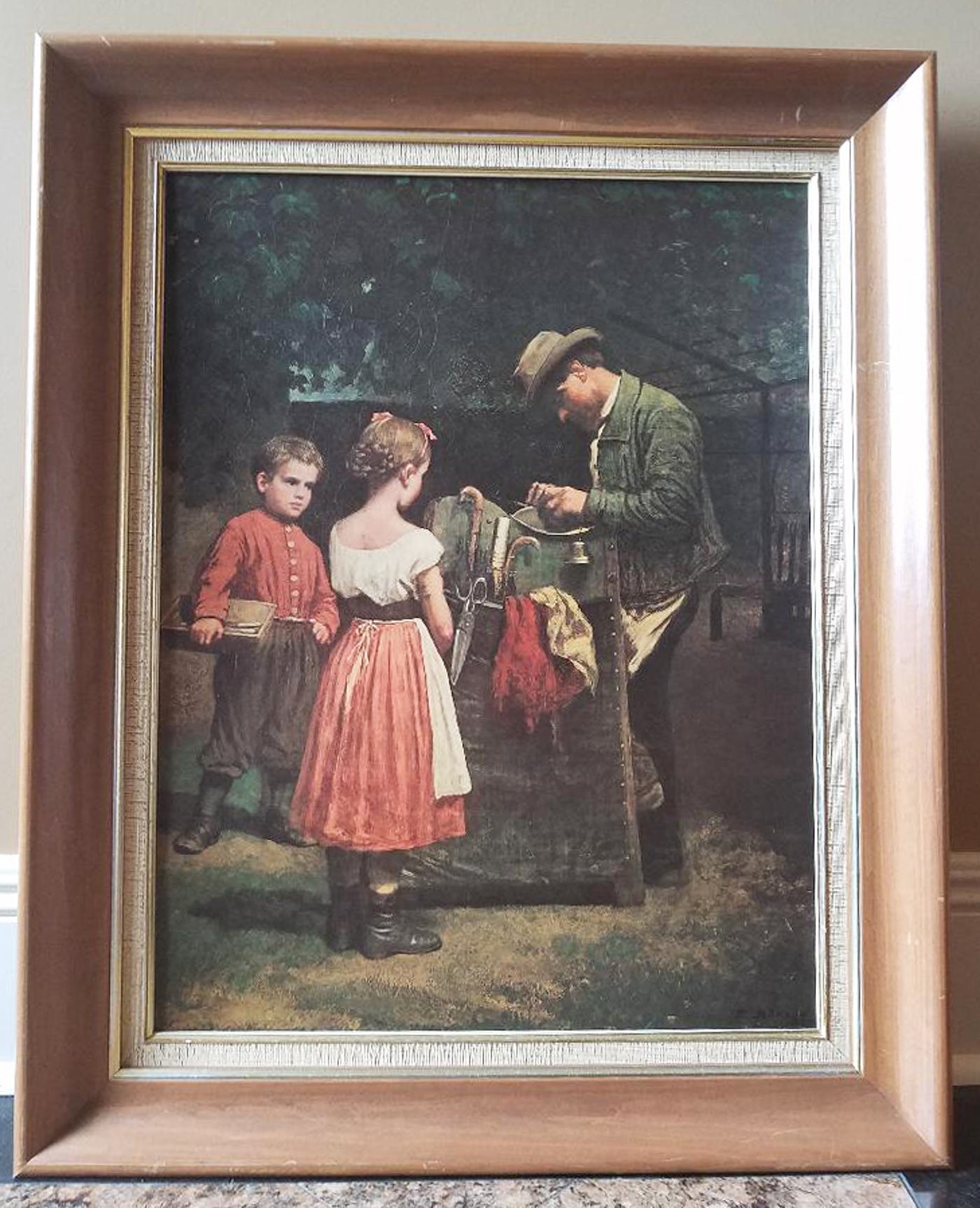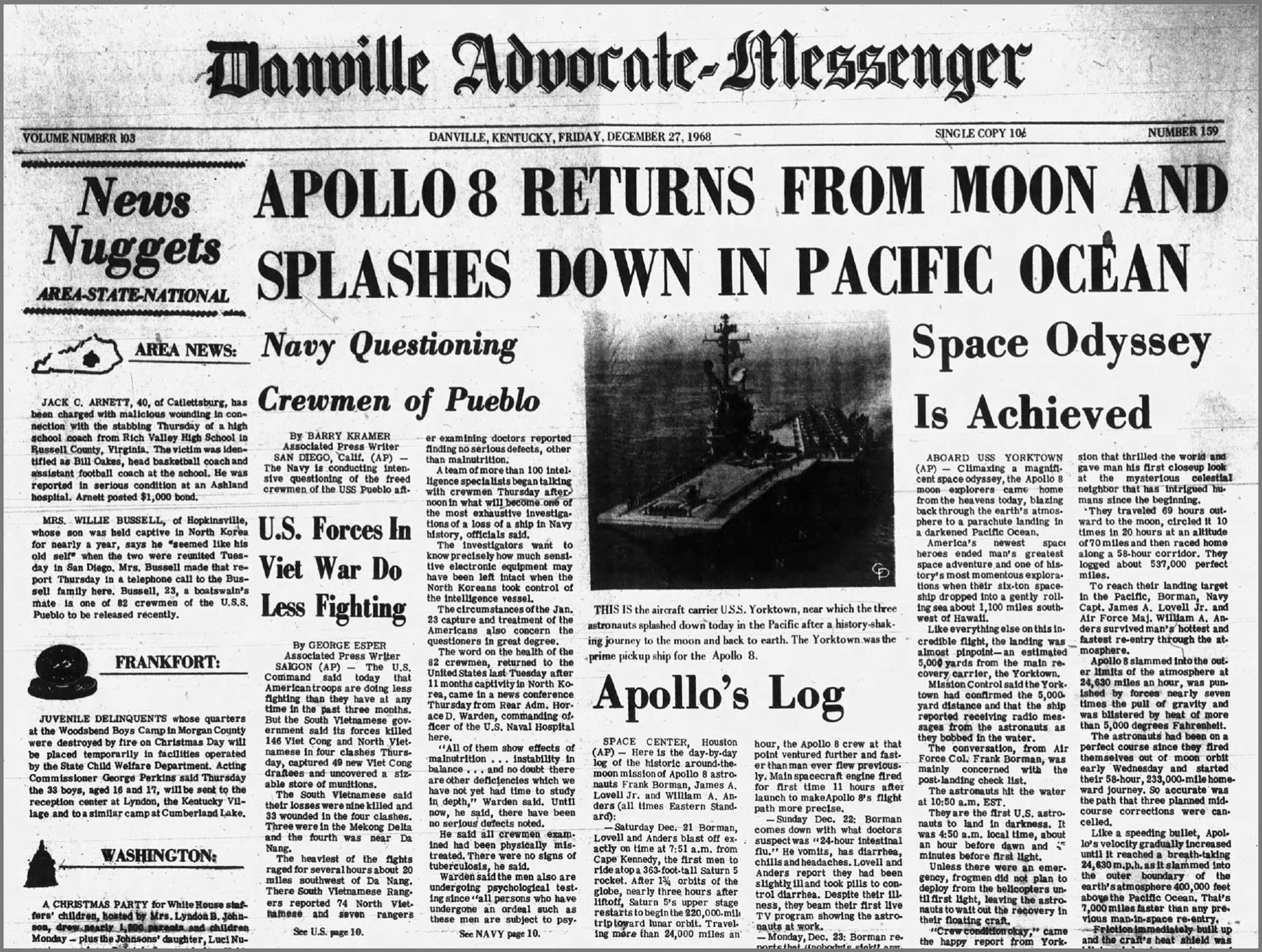Personal Effects
Published 10:04 am Friday, August 14, 2020
By JERRY SAMPSON
Question: Mr. Sampson, my aunt gave me your name and email. I inherited this painting from a
cousin last year. I’m stumped over it. I know that it might have some value to it.
I showed it to several other appraisers before I got your information. All of them wanted to buy it and wouldn’t give me much information on it. I didn’t have much luck in looking it up online. But I want to keep it and I might need insurance. He was a dealer in Florida and had many beautiful things.
Can you tell me anything about it? It’s in very good condition almost like new. I don’t think that frame is original. Thank you for the time that you’ve taken on this one. Please help me.
 Answer: Let me first say, that fine art is not my discipline. My discipline is in antiques and fine arts.
Answer: Let me first say, that fine art is not my discipline. My discipline is in antiques and fine arts.
I also want to explain that I have not seen this piece in person. Your photos are nice but you’ve got to be able to really see and examine it.
I’m no art expert, but I can’t tell from photos if your painting was relined with the back sealed up. I warn you now that you’ve got to have someone who is familiar with art. Saying that, I’m enacting due diligence and will do my best to help you.
Speaking of appraisers, I want to be sure to tell you and my readers that appraisers do NOT purchase or offer to buy the property that they are passing a value judgment on. Good appraisers are required to adhere to a standard of professional criteria.
My own business cards say that I am, “independent, unbiased and impartial.” That is not to say that appraisers can’t buy things, they can. Many professional and career based appraisers are also dealers. But you have to know what cap to wear and when. It should always be a red flag moment when you have an appraiser try to purchase an item, when you’ve stated that you need insurance coverage on it.
There are two types of values, fair market and replacement value.
Fair market is used in estate settlement and for other purposes and replacement value is almost solely used for insurance coverage.
I’ll be dealing in the replacement value world. Replacement value is different from a retail value,
which is what I usually quote and reference in these articles.
You do have a wonderful piece and will need some type of insurance on it. As far as I can tell, you have a painting by Eastman Johnson. Johnson was born in Lovell, Maine, in 1796. He was the eighth and the last child of Philip and Mary Johnson. He got his start in the art world when his father apprenticed him out in 1840 to a Boston lithographer.
I won’t take the time here in this column, but he had a fabulous art education and background. He went on to co-found the Metropolitan Museum of Art in New York city and his name resides over its entrance. He passed away in 1906 and is buried in Brooklyn, New York. He had an adventurous life and career.
His style is a realistic genre style and he explored many themes and subjects. He is well known and is often studied for depictions of Black Americans. His “Negro Life in the South” is considered his masterpiece. This work has been studied by scholars and historians for over a century.
He worked on New England themes, Native American subjects and scenes of everyday life in the 19th Century. His work is fresh, tight, true to life and are just dazzling pretty, but not overly sweet or syrupy.
And this subject, dear readers, will continue in my next column.





